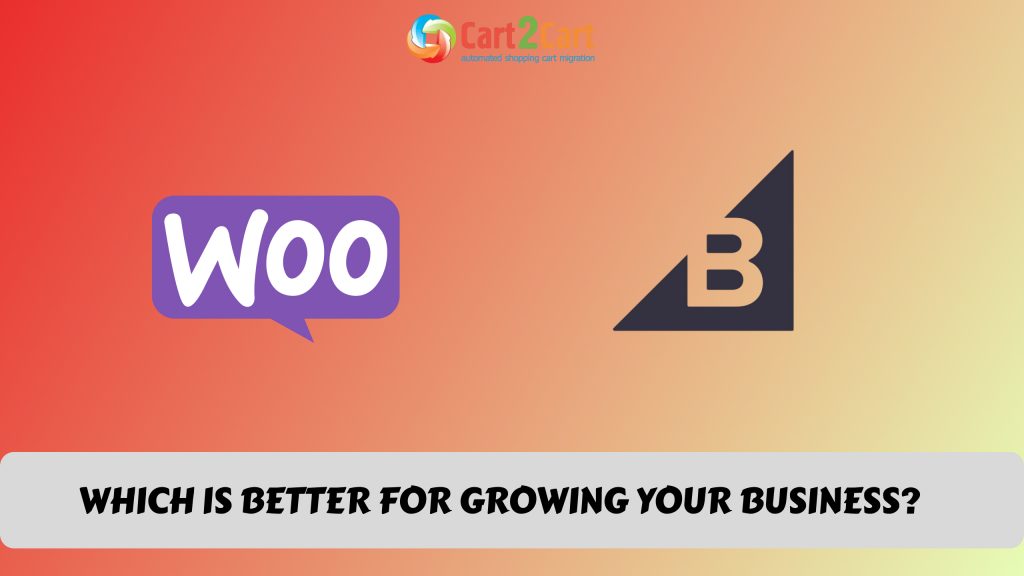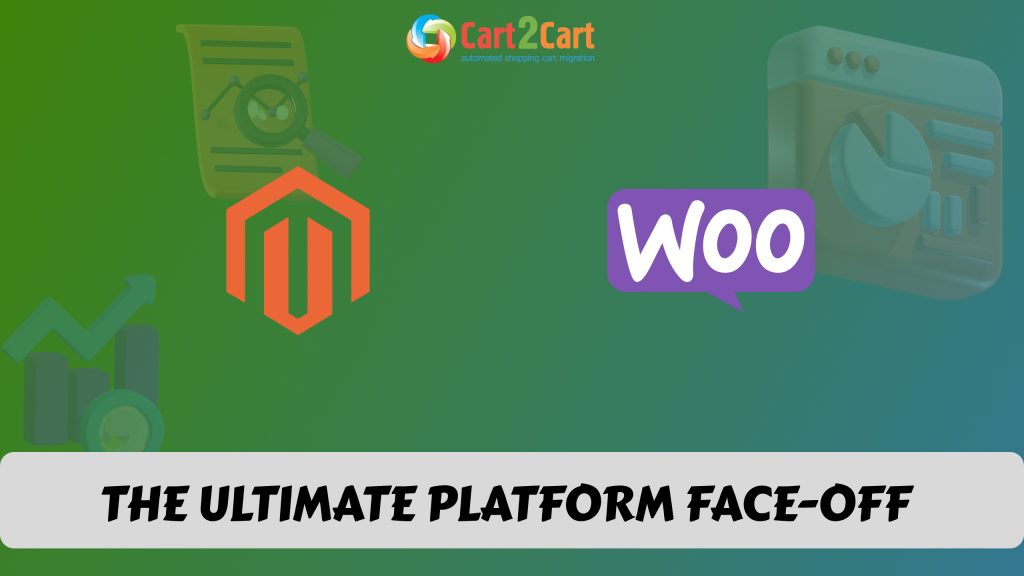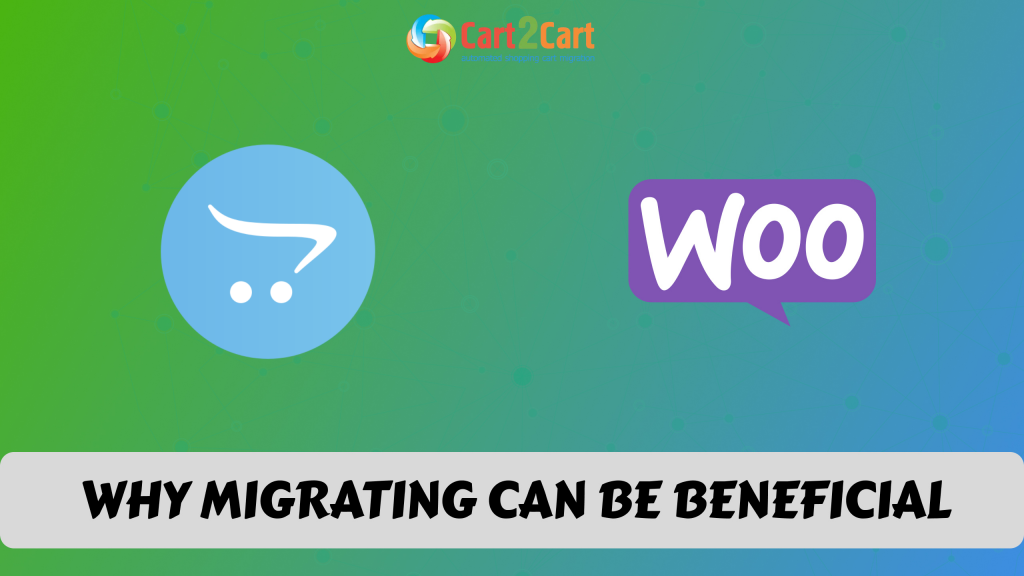WooCommerce Migration
Looking for a seamless WooCommerce Migration? With Cart2Cart, you can migrate from WooCommerce to another platform or from another platform to WooCommerce quickly, securely, and with zero downtime. Our fully automated process transfers all your crucial data – products, customers, orders, SEO URLs, and more – typically in just a few hours. Rest assured, your source store remains fully operational throughout the entire migration. Cart2Cart's proven technology and secure infrastructure have successfully migrated thousands of stores, ensuring a smooth and worry-free transition.Supported versions: WooCommerce 2.0.0 - 10.3.5

How to Migrate to WooCommerce
This step-by-step guide details how to securely migrate to WooCommerce from any other e-commerce platform using Cart2Cart, ensuring complete data integrity for your online storefront.
- Register and Initiate: Create a Cart2Cart account to begin your platform switch. This initial step is free and takes only a minute.
- Connect Your Source Store: Provide the credentials for your current platform to allow secure API access for the data transfer.
- Connect WooCommerce Target Store: Install the Cart2Cart WooCommerce Universal Migration plugin on your new store. This automatically establishes a secure connection bridge for the data transfer.
- Select Data and Options: Choose which data entities to move, including products, SKUs, and customer orders. Configure crucial options like 301 redirects to preserve your SEO rankings.
- Run a Free Demo Migration: Launch a free test transfer to move a limited set of your data. This allows you to check the results directly in your new WooCommerce store before the full replatforming.
- Launch the Full Migration: Once satisfied with the demo, start the full migration. The process runs on our servers, ensuring no downtime for your business.
Pro-Tip: Be aware that stores with over 10,000 products may experience slower performance. Additionally, migrating manufacturers or custom order statuses will require the installation of extra plugins on your WooCommerce store.
I want to migrate my store
Automated migration
Just set up the migration and choose the entities to move – the service will do the rest.
Try It Free
Data Migration Service Package
Delegate the job to the highly-skilled migration experts and get the job done.
Choose Package
What data can be migrated from/to WooCommerce
-
Products
-
Product Categories
-
Manufacturers
-
Taxes
-
Customers
-
Orders
-
Coupons
-
Reviews
-
Blogs
-
Blog Posts
-
Multiple Languages
-
CMS Pages
Choose all the extra migration options and get 40% off their total Price
We’re committed to protecting our customers’ data security. Check out our Security Policy
The Cart2Cart service has all the necessary functionality to migrate store databases on WooCommerce of any size and complexity. Below are the most popular migration directions among our customers:
Help Center
Let’s figure out everything about WooCommerce migration through
Cart2Cart.
Discover our checklist, related articles, and answers on frequently asked questions.
Pay only for what you migrate - the cost depends on the number of records to be moved
Estimate Your WooCommerce Migration Cost Instantly
Use our quick tool to get an instant, transparent WooCommerce migration cost estimate tailored to your specific needs. You'll receive clear WooCommerce migration pricing with no hidden fees, helping you confidently plan your move and understand the full WooCommerce migration price upfront.
WooCommerce Monthly Pulse: The Open-Source Titan Solidifies Its Enterprise Trajectory
This month's analysis of the WooCommerce ecosystem reveals a platform in a state of deliberate and strategic evolution. While its dominance in the SMB space remains unchallenged, recent developments signal a concerted push towards greater scalability, security, and performance, clearly aimed at capturing a larger share of the mid-market and enterprise segments. The narrative is no longer just about accessibility; it's about building a robust foundation for high-volume, content-driven commerce.
Consolidating a Dominant Market Footprint
Recent data from W3Techs confirms that WooCommerce continues to power an unparalleled segment of the web, running on over 23% of all e-commerce sites globally. However, the more telling metric is the platform's increasing traction among stores with high-traffic and large product catalogs. This is not merely a numbers game; it reflects a maturing perception of WooCommerce as a viable alternative to proprietary SaaS platforms for businesses that refuse to compromise on ownership and customization. This market entrenchment creates a powerful network effect, fueling a rich ecosystem of talent and third-party innovation that is difficult for competitors to replicate.
Engineering for Scale: The High-Performance Order Storage Initiative
Performance remains a key battleground, and this month saw significant progress with the ongoing rollout of High-Performance Order Storage (HPOS). The latest point release includes further optimizations to this feature, which transitions order data from the WordPress posts table to a dedicated, indexed table structure. The "so what" for business leaders is a direct and measurable impact on the bottom line. For high-volume merchants, this translates to up to a 40% reduction in checkout processing time and a 5x improvement in order lookup speeds for back-office operations. This is a foundational upgrade that directly addresses historical scalability concerns and enhances the platform's readiness for enterprise-level transaction volumes.
Unlocking Headless Commerce and Extensibility
The developer ecosystem continues to be WooCommerce's primary moat. The official marketplace now boasts over 800 extensions, but the real story lies in the subtle yet powerful enhancements to the core REST API. The latest update introduced new endpoints for managing customer data and bulk product attributes. For decision-makers, this is critical because it dramatically simplifies integration with external systems like PIMs, ERPs, and advanced CRM platforms. More strategically, these API improvements lower the barrier for brands to adopt a headless commerce architecture, using WooCommerce as a powerful e-commerce engine while leveraging modern frontend frameworks for unparalleled customer experiences.
The Evolution of the Storefront: New Product Block Patterns
This month's flagship release focused on empowering merchants directly with the introduction of new block-based "Product Collection" patterns. These pre-designed layouts allow merchants to create visually compelling, curated product showcases—such as "New Arrivals" or "Seasonal Bestsellers"—without writing a single line of code. This is more than a simple design feature; it's a strategic move to merge the content-management strengths of WordPress with the commercial needs of a modern storefront. By simplifying merchandising, WooCommerce enables brands to create richer, more engaging shopping journeys, which directly correlates with increased average order value and customer loyalty.
Fortifying the Core: Enhanced Payment Gateway Security
In an increasingly complex threat landscape, trust is non-negotiable. WooCommerce has addressed this with a significant security enhancement in its latest update, focusing on the payment gateway integration layer. The update enforces stricter data validation and sanitization protocols for all third-party payment plugins, mitigating the risk of injection attacks during the checkout process. For enterprise clients and businesses in regulated industries, this proactive hardening of the platform's most critical transaction point is a powerful statement. It demonstrates a commitment to safeguarding revenue and customer data at the architectural level, reinforcing the platform's reliability for high-stakes commerce.
Streamlining Cross-Border Operations
Global expansion was a clear focus this month with the announcement of an expanded partnership with a leading international logistics provider. This new, deeper integration automates the calculation of duties and import taxes for over 150 countries directly within the WooCommerce dashboard. For merchants, this removes a significant point of friction in international selling, reducing cart abandonment from unexpected fees and simplifying fulfillment. This move signals that WooCommerce is serious about equipping its merchants with the tools to operate as truly global brands from a single, unified platform.
Case Study in Control: Why a Leading Lifestyle Brand Chose WooCommerce
While an official announcement is still pending, industry sources confirm that a prominent direct-to-consumer wellness brand has completed its migration from Shopify Plus to WooCommerce. The strategic driver for this move appears to be a desire for complete control over their content-commerce strategy and customer data. By leveraging the combined power of WordPress and WooCommerce, the brand can now seamlessly integrate its extensive library of educational content, expert articles, and community forums with its product catalog. This migration underscores a key market trend: as brands mature, the limitations of a templated SaaS solution become a barrier to differentiation, making WooCommerce's open, flexible architecture an increasingly compelling choice for those looking to build a unique and defensible digital presence.
Source: This analysis is based on data synthesized from the official WooCommerce Developer Blog, Automattic company statements, and market share reports from W3Techs and BuiltWith as of the current month.
Just set up the migration and choose the entities to move – the service will do the rest.
Try It FreeDelegate the job to the highly-skilled migration experts and get the job done.
Choose Package












 March 31, 2025
March 31, 2025 






